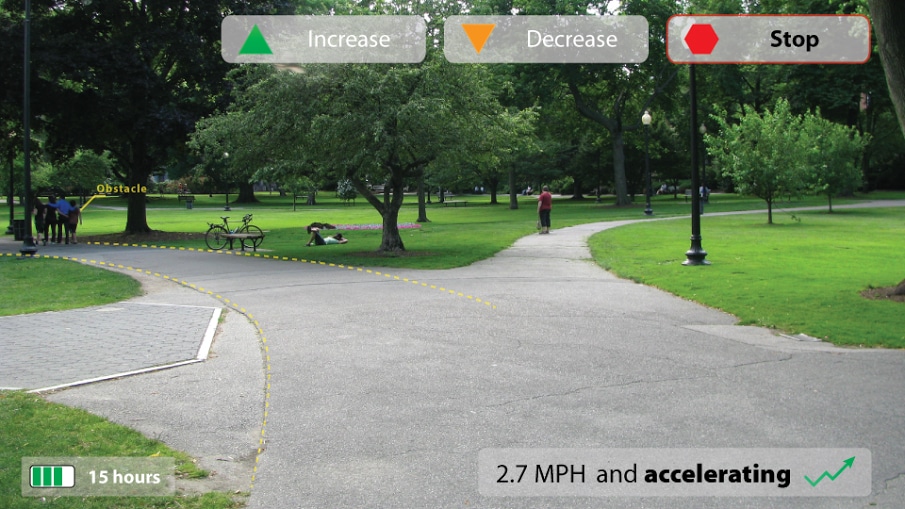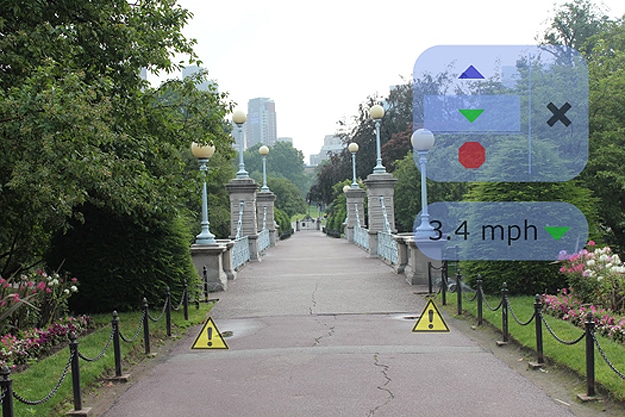There has been a lot of innovation lately when it comes to eye-tracking technology. Whether it’s a device that would allow handsfree computer interaction or a next gen pair of 3D glasses, eye-tracking capabilities seem to be incorporated into more and more designs. This is probably the most helpful use of eye-tracking technology I’ve seen, and it’s also another way that Google Glass could potentially change the lives of a lot of people for the better.
There is a way that a Google Glass app could be developed which would allow people to drive their power wheelchairs with their eyes. I am excited just writing about this because I can only imagine how much happier a quadriplegic or disabled person might become if they could control their own wheelchairs with their eyes while wearing Google Glass. And, that’s not to say there wouldn’t be other uses for eye-tracking technology to be incorporated into Google Glass.
As you know, when Google first launched their explorer program, they asked looked for testers by asking people what they would do if they had Google Glass (#ifihadglass). One of the people who responded to that question was an engineer named Steve McHugh. He wrote on Google+, “I would use the eye-tracking technology described in US patent 8,235,529 to implement a Master robotics lab project’s alternative mechanism for quadriplegic and other disabled persons to control their powered wheelchairs (start/stop, speed, turning) while displaying real-time feedback about their surroundings (dangers, obstacles, suggested routes).”
It’s a truly brilliant idea, and Steve has worked out the kinks and come up with a way that this would really be feasible. His ultimate goal would be to make this a reality by sometime next year. You can read an inspiring interview with him by clicking over here to BostInno. Steve said, “I really hope that this project becomes a reality to help anyone who could benefit from supplemental control interfaces to improve their lives.”


COMMENTS